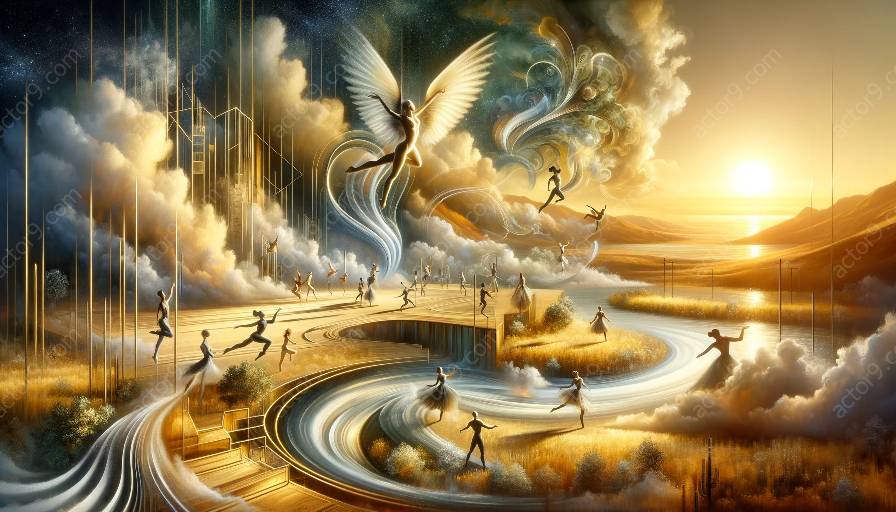Physical theatre and circus arts are two disciplines that share similarities in performance, movement, and storytelling. When the two intersect, the result can be a powerful and captivating form of expression. In this topic cluster, we explore the benefits of physical theatre training for circus performers, examining how it enhances creativity, expression, and physicality while fostering a multidisciplinary approach to performance and movement.
Understanding Physical Theatre and Circus Arts
Physical theatre is a form of performance that emphasizes the use of the body, movement, and gesture as a primary means of expression. It often incorporates elements of dance, mime, acrobatics, and other physical disciplines to create performances that are compelling and visually striking. Circus arts, on the other hand, encompass a wide range of skills and acts, including acrobatics, aerial performances, juggling, and clowning, all of which require a high degree of physical prowess and control.
When physical theatre and circus arts intersect, performers have the opportunity to blend these disciplines, creating performances that are both physically demanding and artistically rich. This fusion opens up new avenues for storytelling and expression, allowing performers to explore the boundaries of movement and emotion.
Enhancing Creativity and Expression
One of the key benefits of physical theatre training for circus performers is the enhancement of creativity and expression. Physical theatre techniques, such as improvisation, ensemble work, and character development, encourage performers to access their emotions and physicality in unique ways. By integrating these techniques into their training, circus performers can bring a new level of depth and nuance to their performances.
Through physical theatre training, circus performers learn to use their bodies as a tool for storytelling, expressing complex emotions and ideas through movement and gesture. This enhanced ability to communicate through physicality adds depth and richness to their performances, captivating audiences and creating memorable experiences.
Developing Physicality and Movement Skills
Another significant benefit of physical theatre training for circus performers is the development of physicality and movement skills. Circus acts often require exceptional strength, flexibility, and coordination, and physical theatre training provides a holistic approach to developing these attributes. By honing their movement skills through physical theatre, performers can achieve a heightened level of control, precision, and fluidity in their performances.
Physical theatre also emphasizes dynamic movement and spatial awareness, which are essential components of many circus disciplines. Through training in physical theatre, circus performers can expand their movement vocabulary, allowing them to execute more complex and visually captivating performances.
Fostering a Multidisciplinary Approach
Physical theatre training encourages a multidisciplinary approach to performance that is invaluable to circus performers. By integrating elements of dance, acting, and acrobatics, performers can expand their creative toolkit and approach their acts from a more comprehensive perspective. This multidisciplinary approach not only enriches their performances but also fosters collaboration and innovation within the circus arts community.
Furthermore, physical theatre training promotes ensemble work and cooperation, essential skills for circus performers who often work in groups or duos. By learning to interact and communicate effectively with fellow performers, circus artists can create seamless, harmonious performances that showcase their collective skills and artistry.
Exploring the Intersection of Physical Theatre and Circus Arts
In conclusion, physical theatre training offers numerous benefits to circus performers, enhancing their creativity, expression, and physicality while fostering a multidisciplinary approach to performance and movement. By incorporating elements of physical theatre into their training, circus artists can elevate their performances, captivate audiences, and push the boundaries of what is possible in the realm of circus arts.




































